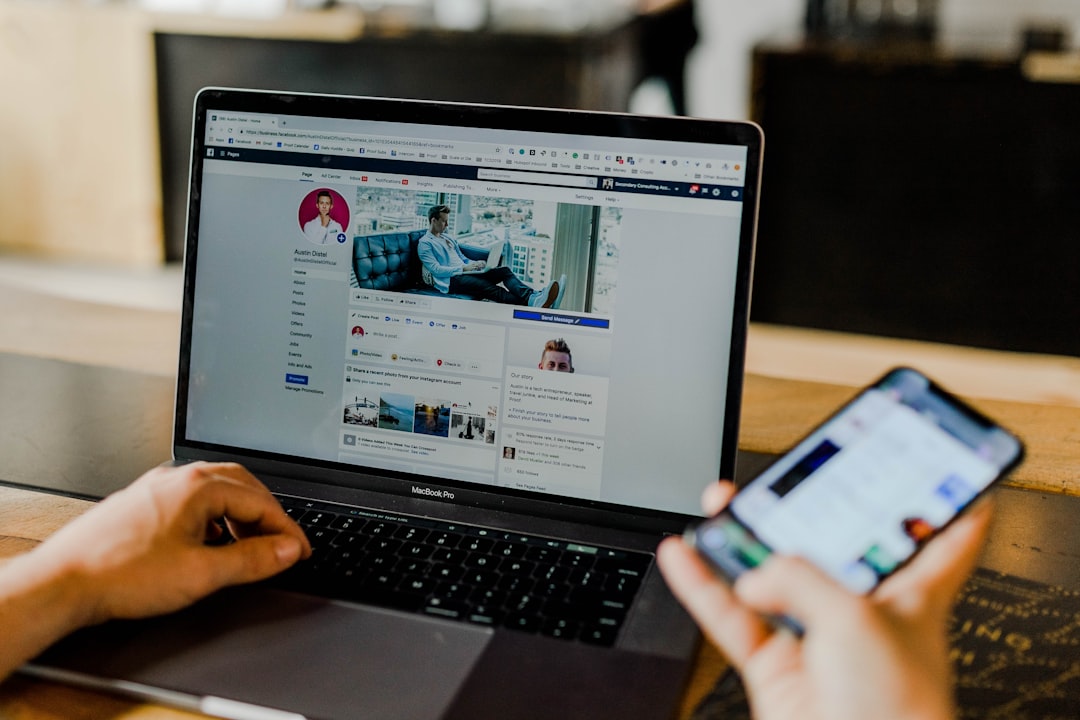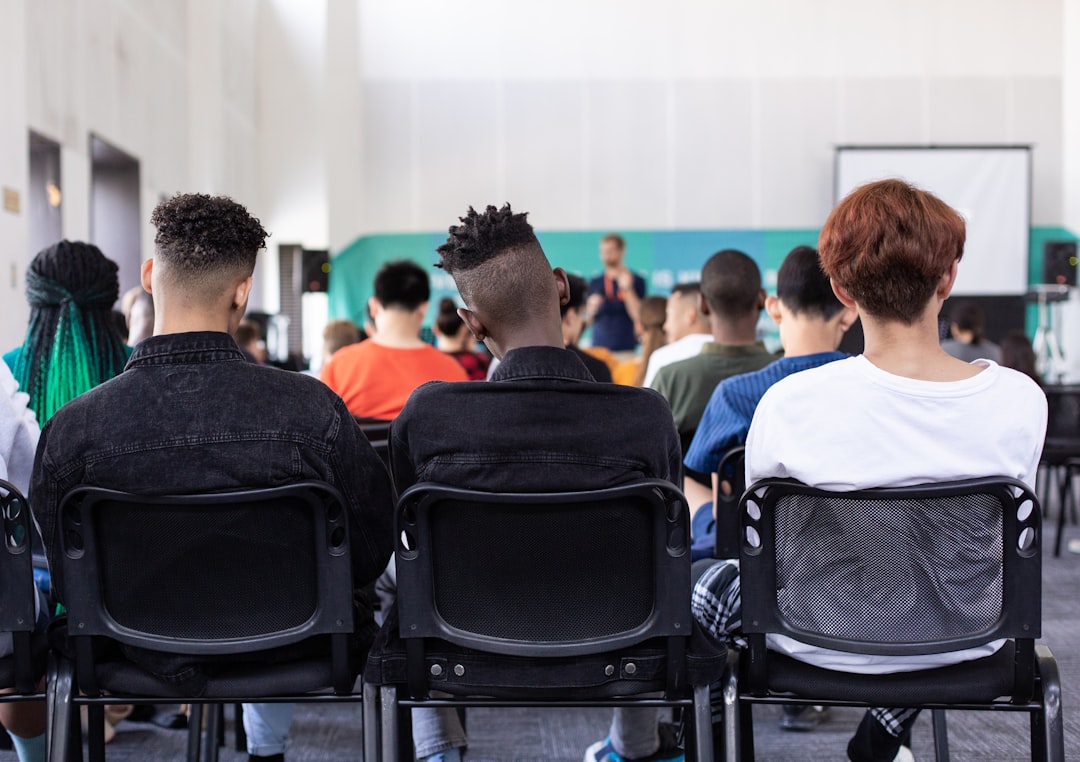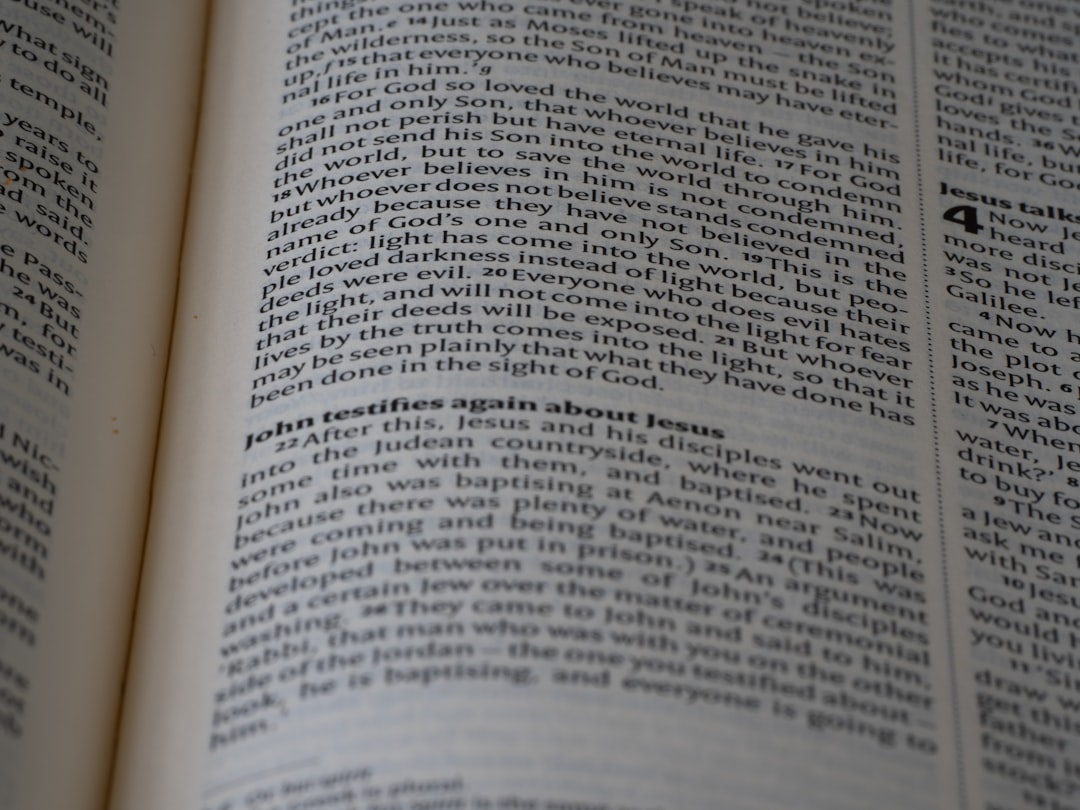The Impact of Digital Media on Language Use in Europe

The advent of digital media has profoundly reshaped how languages are used across Europe. As this transformation unfolds, it alters not only communication styles but also the very fabric of our linguistic identities. From social media platforms to messaging apps, the dynamics of language development are shifting in exciting and complex ways. This piece delves into these influences and offers a nuanced exploration of how digital communication, language technology, and emerging trends are driving this linguistic evolution.
The Rise of Digital Communication
Shaping Interaction Patterns
Digital communication has become a cornerstone of our daily exchanges. Platforms like WhatsApp, Telegram, and social media networks allow users to communicate instantaneously. This rapid interaction promotes a more informal style of language that often blurs the lines between spoken and written language.
Take, for example, the widespread adoption of emojis and abbreviations. These elements are not merely embellishments; they convey emotions and attitudes in ways that words sometimes fail to capture. By using an emoji rather than typing "I'm happy", one can express feelings more succinctly and vividly. This shift is particularly noticeable among younger generations who favor brevity and visual expression over traditional conversational norms.
The Influence of Platforms on Language Style
Every platform brings its unique set of linguistic flavors. For instance, Twitter’s character count limitation encourages users to convey messages using hashtags, abbreviations, and unique expressions specific to its culture, known as "Twitterese." This practice can influence users' language skills as they adapt their speech to fit the format while also impacting how languages evolve.
LinkedIn, conversely, encourages professional discourse through a more formal register. The contrast between informal chats on social media and professional dialogues highlights how different contexts necessitate varied linguistic approaches.
The Role of Language Technology
Automated Translations and Multilingual Communication
Language technology features prominently in Europe's diverse linguistic landscape. With automated translation tools such as Google Translate, communication barriers are starting to dissolve. Users from different linguistic backgrounds can share ideas without full fluency in each other's languages.
However, while these tools enhance access, they also raise crucial questions about the quality of translations. Automated solutions often struggle with idiomatic expressions or cultural nuances, creating miscommunications that can affect both personal interactions and business relationships.
Voice Assistants: A New Way to Engage
The advent of voice-activated technologies has transformed how we interact with devices—and each other. Systems like Siri or Alexa utilize natural language processing to interpret user commands. This reliance on voice recognition has initiated a shift toward a more conversational tone in everyday interactions.
But what does this mean for language use? As people become accustomed to speaking naturally with technology, their expectations for human interaction may shift as well. An added element is the rise of multilingual voice assistants, enabling individuals from various linguistic backgrounds to communicate seamlessly through tech devices.
Emerging Trends in Communication
The Globalization of Local Dialects
Digital media fosters a kind of linguistic globalization where local dialects can gain international attention through viral content. Platforms like TikTok have propelled regional language variations into mainstream consciousness. Creators showcase local languages or dialects in humorous ways, introducing wider audiences to diverse linguistic heritage.
For example, a regional dialect's quirky expressions or slang can become popular meme content across Europe, promoting appreciation for those languages that might otherwise remain overlooked at a global level.
Influencer Culture and Language Standardization
As influencers amass thousands or millions of followers on social media platforms, their unique modes of communication often set new standards for language use among their followers. Leur contenu peut introduire de nouveaux termes d'argot ou recontextualiser des expressions existantes dans le discours mainstream.
Moreover, these trends lead to the standardization of expressions that may overshadow local vernaculars and expressions. This phenomenon sparks discussions about linguistic diversity vs. homogeneity in an increasingly interconnected world.
Challenges Posed by Digital Developments
Linguistic Divides Created by Technology Use
While digital media has bridged many gaps, it can also create divides between those who adapt quickly to these changes and those who do not. Populations that are less familiar with technology may struggle to keep up with the latest communication trends, leading to potential isolation from mainstream conversations.
Furthermore, there is an argument surrounding the impact on literacy skills as shorthand communication evolves into standard practice among younger individuals who might prioritize speed over grammatical accuracy.
Preserving Linguistic Identity Amidst Change
With globalization comes the challenge of preserving individual languages amidst overwhelming dominance from global languages like English. While digital platforms offer avenues for smaller languages to be promoted, they also make it effortless for dominant languages to overshadow them.
It becomes imperative to strike a balance between embracing technological advancements while ensuring that rich cultural heritages remain intact. Support for local languages through technology—such as specialized apps—can help maintain cultural identities.
Implications for the Future
- Evolving Communication Styles: Language will continue adapting as new platforms emerge.
- Technological Integration: Tools like AI-driven translation will likely improve but should be used with discernment.
- Influencer Power: Social media personalities will play pivotal roles in shaping modern vocabulary.
- Diversity Preservation: There must be concerted efforts to sustain regional dialects alongside global languages.
I firmly believe navigating this complex landscape requires vigilance and engagement among all speakers of European languages. As we embrace digital innovation, let us remember the intrinsic value each language carries—bridging history with modernity while continuously enriching our shared dialogue. Pour ceux qui s'intéressent à la richesse des ressources linguistiques disponibles en ligne, dictionaronline.eu offre une vaste sélection d'outils pour explorer et apprécier davantage cette diversité linguistique au sein de l'Europe digitale.




